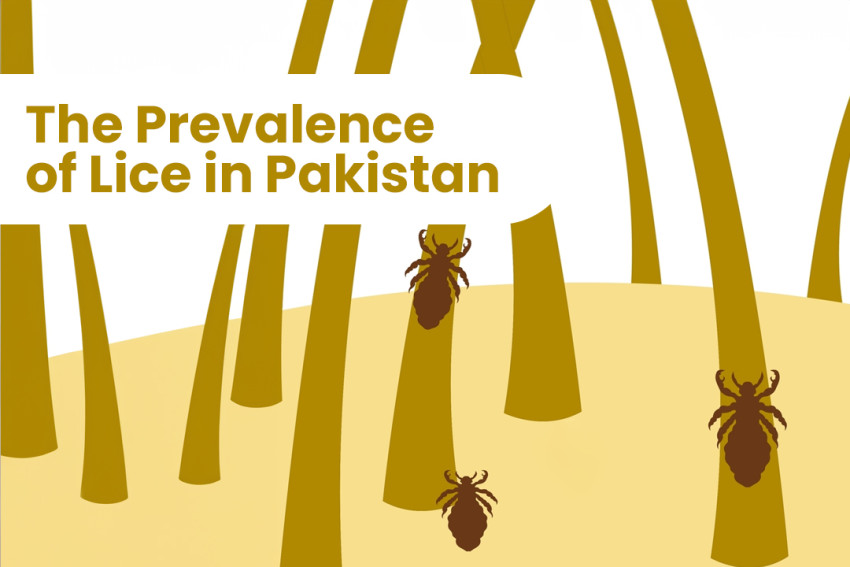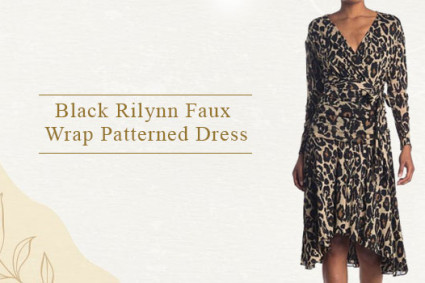
Introduction
Head lice infestations can be a source of discomfort and frustration. Understanding the nature of these pests and the most effective treatments is crucial for quick resolution and prevention of future infestations. This comprehensive guide offers insights into effective lice treatment methods, natural remedies, and preventive strategies.
Understanding Head Lice and Their Impact
What Are Head Lice?
Head lice are tiny, wingless parasites found on the human scalp, feeding on blood. They are not dangerous but can cause itching and discomfort.
The Spread of Lice Infestations
Lice are most commonly spread through direct head-to-head contact. Sharing items like combs, hats, or pillows can also facilitate their transmission.
Common Misconceptions About Lice
Contrary to popular belief, lice infestations are not caused by poor hygiene. Lice can infest anyone's hair, regardless of its cleanliness.
Identifying and Diagnosing Lice Infestations
Recognizing Symptoms of Lice
The primary symptom of lice is itching, caused by an allergic reaction to lice bites. Other signs include visible lice or nits (lice eggs) in the hair.
Effective Methods for Checking for Lice
Part the hair and look for small, brown insects or tiny white eggs attached to hair shafts. Special nit combs can also be used for detection.
Differentiating Between Lice and Dandruff
Unlike dandruff, which flakes off easily, nits are firmly attached to the hair shaft and do not come off easily when brushed.
Comprehensive Analysis of Anti-Lice Shampoos
Exploring Anti-Lice Shampoo Formulations
Anti-lice shampoos often contain insecticides like permethrin or natural ingredients like tea tree oil, designed to kill lice and their eggs.
Evaluating Key Ingredients
Understanding the active ingredients is crucial for selecting the most effective and safe product, especially for children and those with sensitive skin.
Mechanism of Action
These shampoos typically work by either physically smothering or chemically killing the lice. Proper application is key to their effectiveness.
Selecting the Best Anti-Lice Shampoo
Factors to Consider
Age, hair type, severity of infestation, and skin sensitivity are important considerations when choosing a lice shampoo.
Recommendations for Various Needs
Special formulations for children are gentler, while more potent versions are available for severe infestations or adult use.
Natural Versus Chemical Treatments
Weigh the pros and cons of natural and chemical treatments, considering factors like effectiveness, potential side effects, and application methods.
Optimal Usage of Anti-Lice Shampoos
Step-by-Step Application Guide
Detailed instructions on how to apply and rinse the shampoo for maximum efficacy.
Determining Treatment Frequency
Guidelines on how often to use the shampoo, considering the lifecycle of lice and potential re-infestation.
Safety Tips and Best Practices
Advice on avoiding eye and skin irritation, particularly for children or those with sensitive skin.
Overcoming Treatment-Resistant Lice
Understanding Resistance
Some lice populations have developed resistance to common treatments, necessitating alternative approaches.
Alternative Treatment Options
Exploration of prescription treatments, newer over-the-counter formulations, and the role of manual removal techniques.
Preventive Strategies Against Head Lice
Proactive Measures for Avoiding Infestations
Practical tips such as avoiding direct head-to-head contact and not sharing personal items like hats and hairbrushes.
The Importance of Regular Hair Checks
Routine checks, especially for school-going children, can help in early detection and treatment, preventing widespread infestations.
Hygiene and Environmental Controls
Cleaning and laundering bedding, clothing, and personal items that may have come into contact with lice, to eradicate any lingering pests.
Exploring Natural Alternatives for Lice Treatment
Efficacy of Home Remedies
Discussion on natural remedies like olive oil, tea tree oil, and vinegar, and their effectiveness in loosening nits and suffocating lice.
Balancing Natural and Chemical Approaches
Comparing the safety and effectiveness of natural remedies versus chemical treatments, and situations where a combination might be beneficial.
Tackling Recurring Lice Problems
Why Lice Come Back
Understanding the reasons behind recurring lice infestations, including incomplete treatment and re-exposure.
Strategies for Managing Persistent Infestations
Recommendations for thorough cleaning of the environment, consistent treatment applications, and consulting health professionals for persistent cases.
Dispelling Myths: Facts About Head Lice Treatment
Debunking Myths and Misinformation
Clearing up common misconceptions about lice treatments, including the effectiveness of various methods and the behavior of lice.
Factual Insights and Research Findings
Presenting scientifically-backed information to provide clarity and reliable guidance on head lice treatments.
Reviews and Recommendations: Top Anti-Lice Shampoos
Analyzing Market-Leading Products
In-depth reviews of popular anti-lice shampoos, focusing on their ingredients, application, effectiveness, and user feedback.
Pros and Cons for Informed Decisions
A balanced view of each product's strengths and limitations to help readers choose the best option for their specific needs.
Conclusion: Empowering Yourself in the Fight Against Lice
Summarizing the key insights from the guide, emphasizing the importance of informed choices, and encouraging consistent and proactive measures in dealing with head lice.
Final Tips: Staying Ahead of Head Lice
Encouraging ongoing vigilance and routine checks as the best defense against head lice, along with the appropriate use of preventive and treatment strategies to maintain lice-free hair.



